Is it possible to make a family home from a building with a poignant history? The owners and architects of an 18th century charter school in Clonmel, Co Tipperary, have done just that, and today its bright Marjorelle blue gables and rear are far removed from the building’s austere beginnings.
Silversprings House, built in 1747, was one of more than 50 charter schools built by The Incorporated Society for the Promotion of Protestant Schools in Ireland. The society’s role was to give the children of “Irish natives” free education in the English language and Protestantism, but only if they renounced their faith. The charter schools operated a practice of transplantation too, with pupils moved to districts as far from their homes as possible to avoid any “Pope-ish” family influence, and to stop the children from running away.
The schools didn’t last.
Inspections revealed attendance numbers fell far short of expectations. Pupils received little instruction and were sometimes exploited for labour. Roll numbers, reputation and funding all dwindled over time until the schools petered out around the 18th century. The Clonmel school closed its doors after 11 years due to limited uptake. It was after that the house became known as Silversprings. An engraved stone on the front pier bears the name Teac an Fionn Uisce, referencing the old culverts that run beneath the property.
READ MORE
“When I saw the building first, it wasn’t as austere as I expected,” says architect Emily-Ann Curry of Canice Architects in Kilkenny. The practice she cofounded with husband Damien Curry was tasked by Silversprings’ new owner with making it into a family home.
“Given that it was an old charter school, it holds this extra weight I suppose, a little bit of historical poignancy. But there was also great excitement and energy about how architecture deals with that and creates a sense of fun around a weighty subject matter in a way that makes it homely,” says Curry.
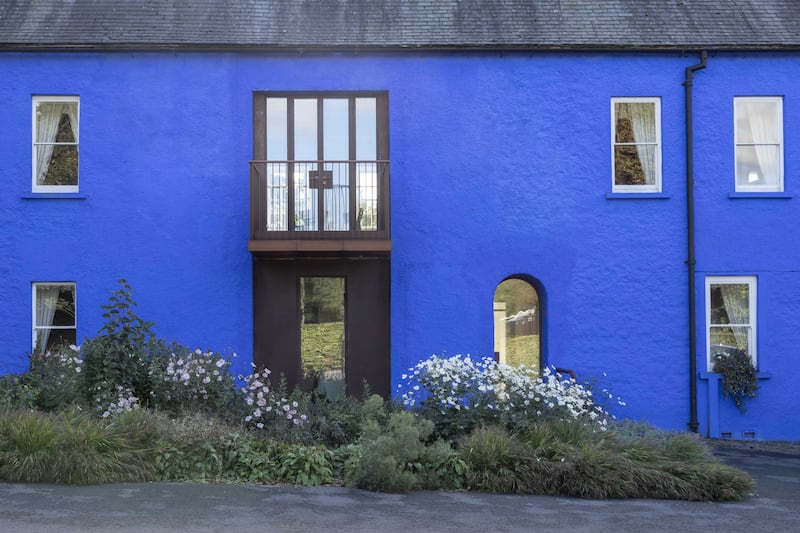
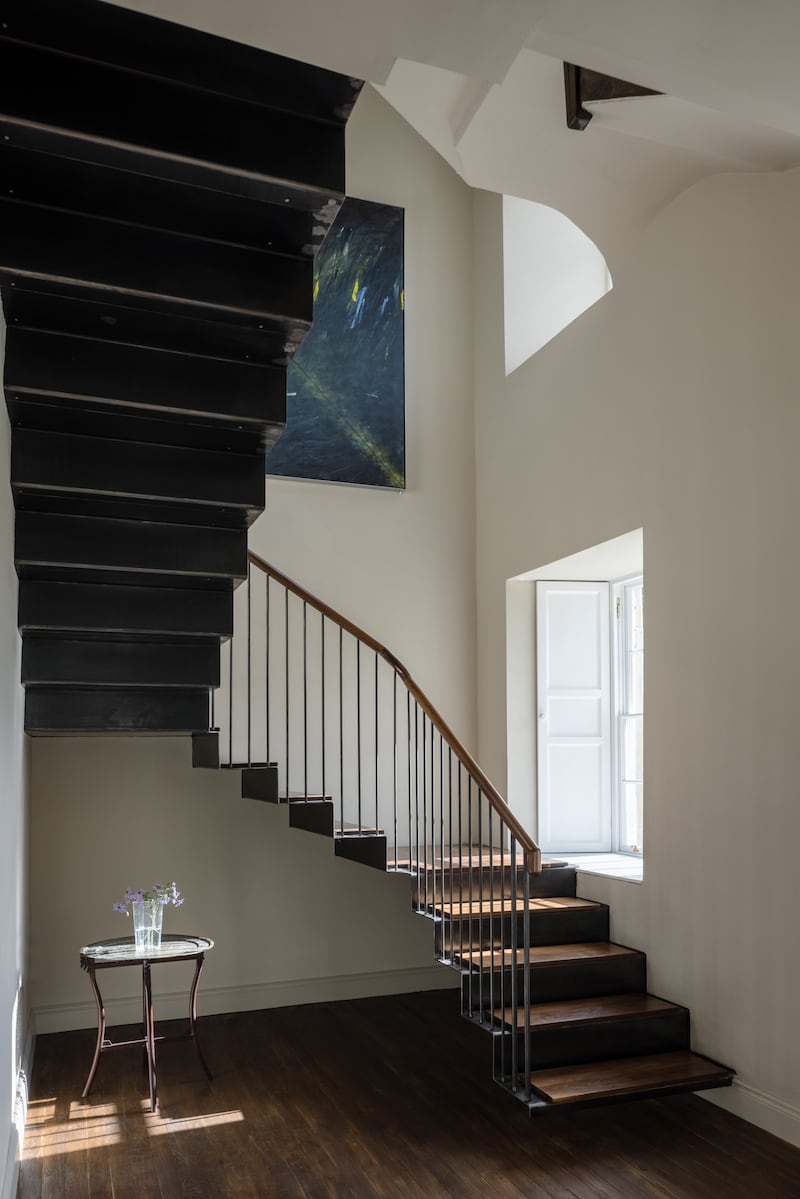
After the school closed, Italo-Irish entrepreneur Charles Bianconi moved in, building a coach house and stables for his inter-town transportation system. Subsequent private owners lived in the building. It then lay derelict for more than 15 years, attracting squatters and graffiti. Nature had encroached. Its new owner was “ambitious and brave” in buying the building, says Curry. He is a local and an art enthusiast, vested in trying to keep Clonmel’s historic buildings alive, she says.
“Often it takes a lot of education to bring people around to understanding what they have bought from a conservation perspective,” says Curry. “There is this strange ownership issue that you are really just a custodian of this building. You don’t ever fully own it in the same way you might a new build because there are so many restrictions around it.” Redesigning the building faithfully meant no to double-glazed windows, keeping the layout simple, and not populating nicely proportioned rooms with odd insertions of bathrooms everywhere. The owner got that from the start, she says.
“Together we strove to ensure the weight of history and architectural heritage served to inspire, not restrict us,” says Curry. Instead of forcing the building to conform to modern family living, their approach was about looking for the opportunities in its inherent character and spaces. The key to everything was on the ground floor. It comprised a series of north-facing former classrooms to the front, running off a long corridor. “That didn’t lend itself to good living accommodation and there wasn’t going to be solar gain,” she says. Instead, the layout was flipped, with most bedrooms going downstairs. Living accommodation was brought to the first floor, where room proportions were grandest and areas could be linked.
“That unlocked the whole building from being very much a school to being a home,” says Curry. The long old school house corridor now displays the owner’s art collection. “It provided a fantastic space to have this transition from entry up to the living area, walking through this almost art gallery-like corridor,” says Curry. The original school cloakroom on the ground floor was retained. Its wainscoting had been damaged and new ash-faced wainscoting was put in. Concealed behind a push-latch door is storage and coat hanging space.
“We are really interested in reusing and reusing with a sense of fun and vibrancy that allows people to enjoy the space,” says Curry. “There was this constant play of historical references and reinterpreting them in a modern way where the fabric was lost and couldn’t be reused, and there was also this nod to it being a school as well.”
The building had no back door, so one was added for better connection to the garden. On the first floor the combined kitchen and dining area links to a livingroom. A bay window added in the 1970s and in poor condition was removed and replaced with a balcony. A master bedroom on this floor has a walk-in wardrobe and en suite. A new mild steel staircase from the ground floor to the living area is sculptural, says Curry, providing a contrast to the original oak staircase that leads to the garret. The four rooms on this floor are interconnected too. “They originally would have been the dormitory of the school, so it’s probably one of the most atmospheric spaces in the building,” says Curry. The owners paint and have an art studio there and a reading room as well as spillover bedroom spaces for guests. The roof, which suffered from nail sickness, had to be redone. Outside is the biggest surprise of all. The splash of Marjorelle blue – a colour made famous by Yves St Laurent’s Moroccan holiday home and party house – covers the gables and rear.
“The client has been to Morocco and we had talked about different buildings and artwork. This colour had a really vivid quality. We put it to the client and they actually loved it,” says Curry. The existing limestone walls remain to the front.
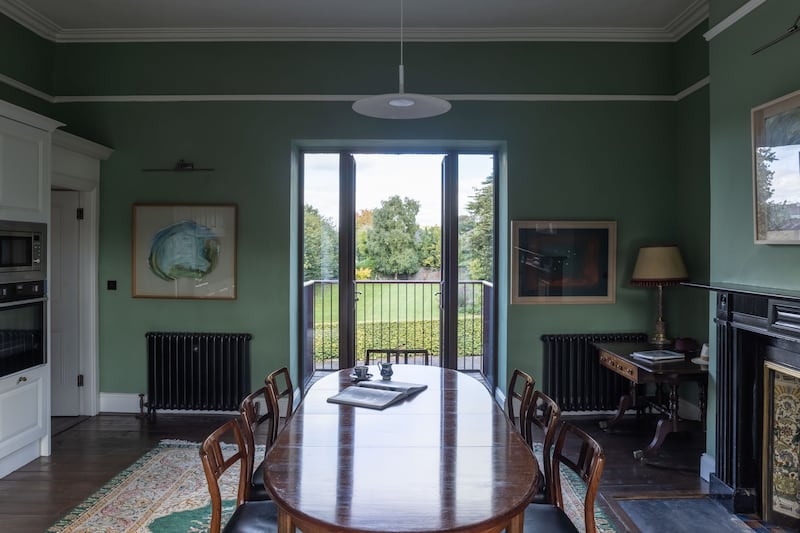
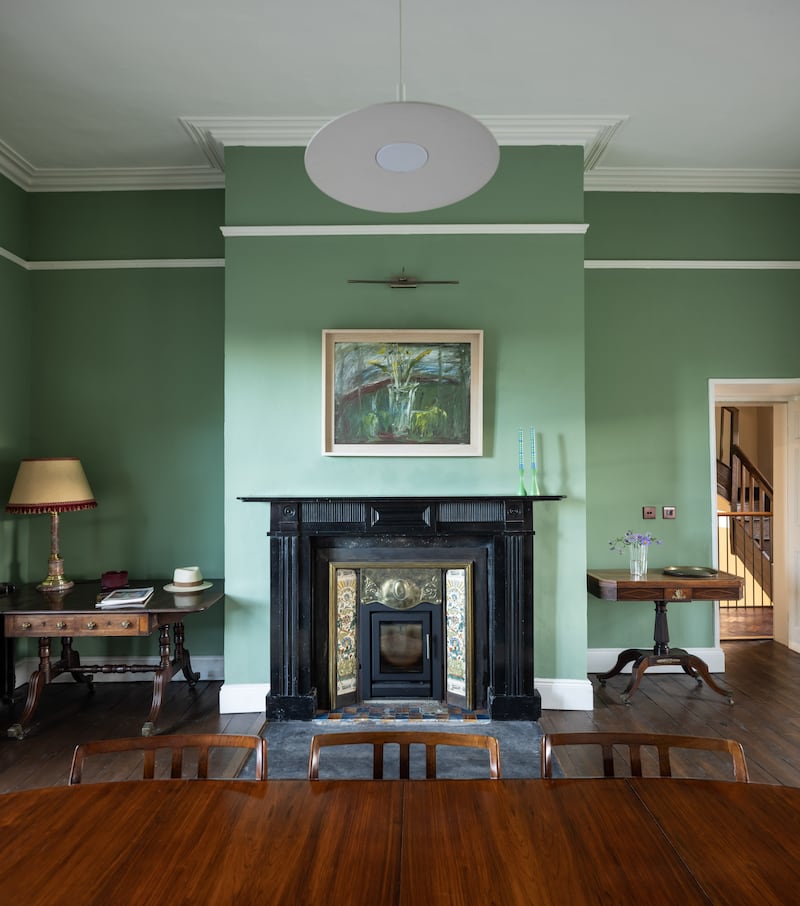
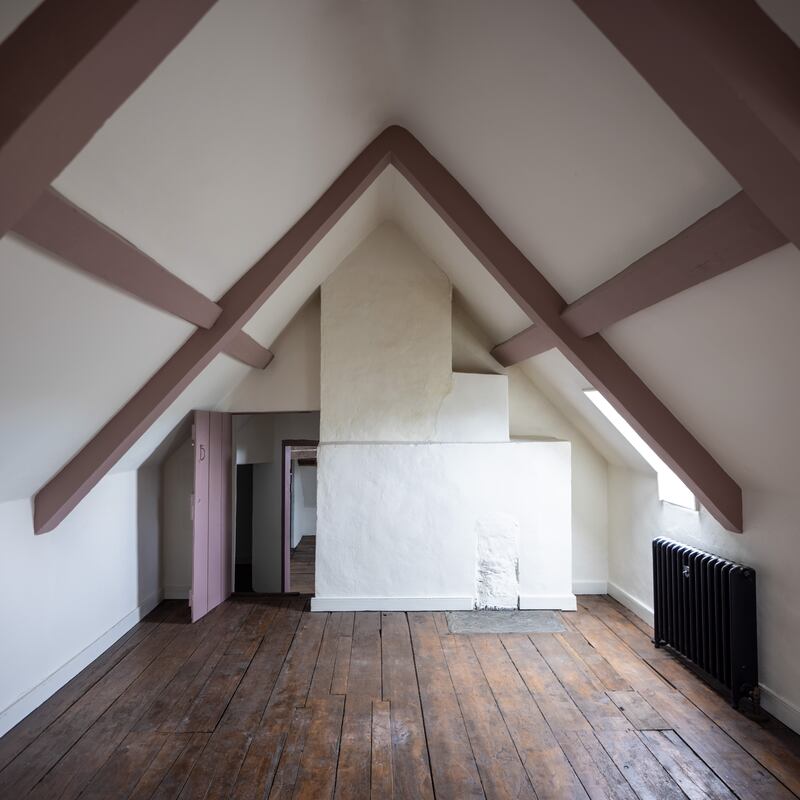
With a history linked to suppressing language and religious beliefs, you might think locals would have been ambivalent at best about the building. Not so. A previous owner’s plans for a hotel were stopped.
“The locals got a petition together and made quite a lot of noise to stop the proposal. There was a fairly lively interest in the building,” says Curry. The protected structure was subsequently also designated a recorded monument. Few Georgian properties in domestic ownership hold this status.
For the owner and his family, the building has enabled multi-generational living.
“Through good design we can utilise these building types. It also solves the issues around elderly care, child-minding and loneliness,” he says. The pleasures of the house have included having a coffee on the balcony with his son, resting up in a healthy building when you have been ill and throwing a surprise party with the whole family, he says.
“There is joy and a sense of being a good citizen when people visit and are engaged with the history. This building has been around for 250 years and I hope it can be around for another 250 years,” he says.
Historic buildings can seem stuffy and overbearing, but they were avant-garde and modern in their time, says Curry.
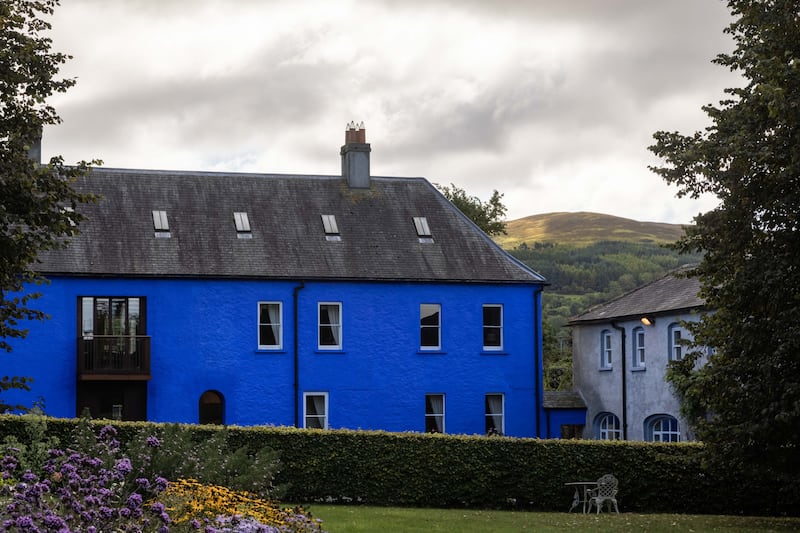
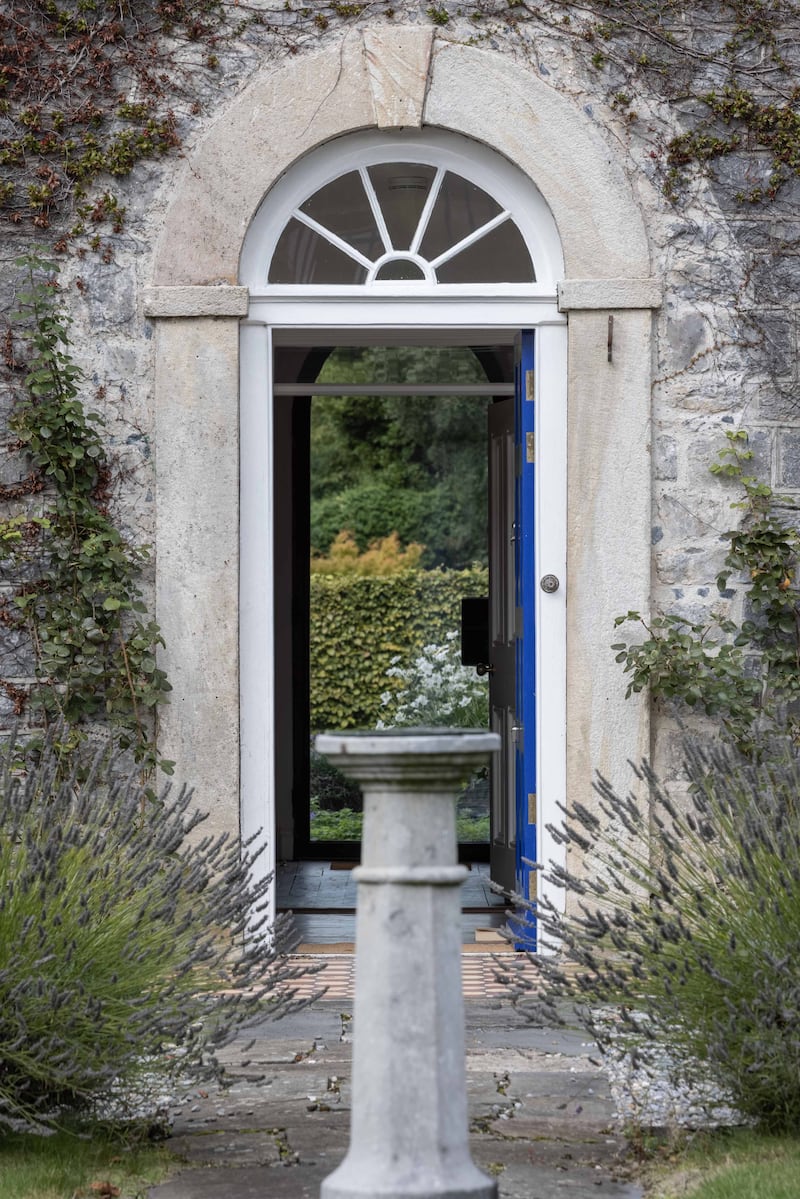
“We still have to have that same sense of future outlook. That’s why any insertion we put in is very of now. It allows the owners to make the best use of the space and not be overwhelmed by this artefact they are within. That is definitely a conscious design outlook for our practice.”
You have to be somewhat courageous to take on a building like it. A good designer may save you money in the long run.
“It’s like a Rubix cube, I suppose, instead of adding on an extension that is not necessarily the solution, it’s about trying to find the inherent qualities in it.”
Reusing takes time. Locals are happy too, says Curry. “There was a lot of relief and comfort in knowing that another of these buildings is kept alive and they can walk by it now and enjoy it.”


















